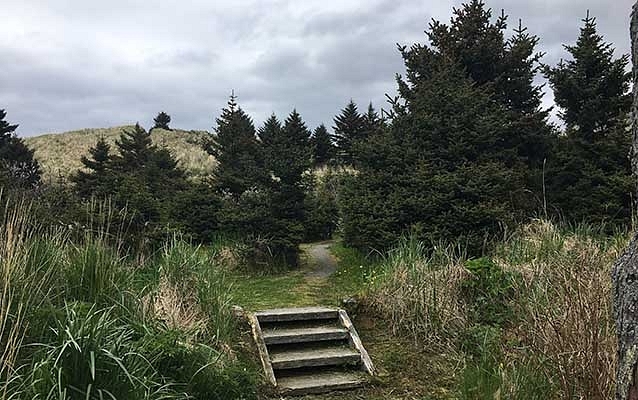
Why Scientists Think The Earth Has Entered Its Newest Geological Epoch
Scientists believe that they may have discovered the evidence of the beginning of the Anthropocene – the newest geological epoch, reports Sci-Tech Today. The evidence for this has come in the form of a "golden spike" found in the heartwood of what is considered the "loneliest tree in the world”.
While scientists have drawn the conclusion that humans have influenced ecosystems across the planet for millenia, the increase in radioactive carbon after nuclear tests were first carried out is being looked at as the primary reason for human causes of climate change.
However, the evidence of this 'golden spike' has been discovered in a 'lone tree' – a Sitka Sprice on Campbell Island in the South Ocean. The tree got its monicker as the loneliest tree in the world due to the fact that the nearest other tree to it is 200 km (125 miles) away in the Auckland Islands.
The impact that humanity’s nuclear weapons testing has had on the Earth’s atmosphere provides a global signal that unambiguously demonstrates that humans have become the major agent of change on the planet. This is an important, yet worrying finding. The global atomic bomb signal, captured in the annual rings of this invasive tree species, represents a line in the sand, after which our collective actions have stamped an indelible mark, which will define this new geological epoch for generations to come.Christopher Fogwell, Professor of Glaciology and Palaeoclimatology at Keele University
Researchers worldwide have agreed that a new epoch – characterised by human influence over climate and environment – has arrived, backing their claims with the rise in temperatures, melting ice and the spread of man-made materials all across the planet.
However, scientists had so far been unable to agree on a consistent signal marking this epoch’s beginning.
Native to the West Coast of the United States, the Sitka Spruce on Campbell Island was planted in 1901 by the governor of New Zealand. Over a century old, it is nearly 10 metre (32 feet) tall but lacks cones, and has therefore remained in a ‘juvenile’ state.
It seems somehow apt that this extraordinary tree, planted far from its normal habitat by humans has also become a marker for the changes we have made to the planet, it is yet further evidence, if that was needed, that in this new epoch no part of our planet remains untouched by humans.Mark Maslin, Professor at the University College London.
Researchers have described the tree’s uniqueness as the beginning of the new epoch.